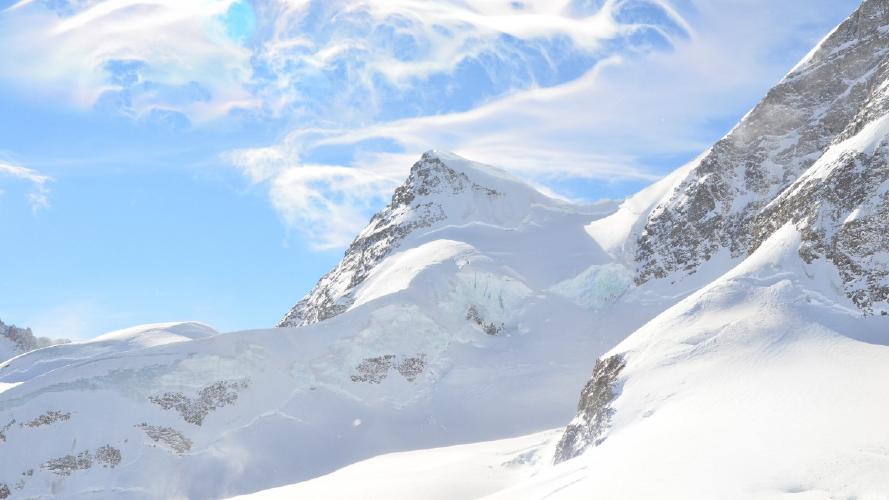Exploring the Intriguing Aspects of Nepalese Culture: An Insider’s Perspective
Nepal, nestled in the Himalayan mountain range, is a land of diverse cultures, religions, and traditions. The country is a melting pot of various communities, each with its unique customs, beliefs, and heritage. For anyone interested in exploring new cultures and learning about their history and traditions, Nepal is a fascinating place to visit. In this article, we take a closer look at some of the most intriguing aspects of Nepalese culture from an insider’s perspective.
The Importance of Religion in Nepalese Culture
Religion plays a crucial role in the lives of most Nepalese people. Hinduism and Buddhism are the dominant religions, with a significant population practicing Tantrism and animism. Religion is an essential aspect of social and cultural life, with religious festivals and ceremonies being held throughout the year.
The most significant Hindu festival in Nepal is Dashain, a ten-day celebration of the victory of good over evil. During this time, people offer sacrifices to the goddess Durga to seek blessings and good fortune. Another significant festival is Tihar, a five-day festival that honors different aspects of nature, including animals, and celebrates the bond between siblings.
In Buddhism, the most important festival is Buddha Jayanti, which is celebrated on the full moon day of May. The day celebrates the birth, enlightenment, and death of Buddha. Another significant Buddhist festival is the Guru Rinpoche’s day, which celebrates the arrival of the great master Padmasambhava in Tibet.
The Rich Cultural Heritage of Nepal
Nepal is also home to a rich cultural heritage that reflects the country’s diverse history and traditions. The Kathmandu Valley, in particular, is known for its ancient temples and palaces that represent the country’s unique architecture. From the majestic Pashupatinath Temple to the intricately designed squares of Patan and Bhaktapur, the Kathmandu Valley is a treasure trove of Nepal’s cultural heritage.
In addition to the architecture, Nepal is also home to a vibrant art scene, with traditional music, dance, and handicrafts being an integral part of the country’s culture. The Nepalese music scene, in particular, includes various genres, including folk, classical, and modern music.
The Role of Trekking in Nepalese Culture
Trekking is an activity that has gained immense popularity in recent years, attracting adventure enthusiasts from around the world. Nepal’s mountainous terrain provides some of the best trekking destinations globally, including the famous Annapurna and Everest regions.
Trekking, however, is not just an activity for tourists. It is an integral part of Nepalese culture, with many people earning their livelihoods as trekking guides and porters. This activity has also helped to preserve some of Nepal’s unique ethnic cultures that reside in remote mountain areas, often inaccessible by road.
Conclusion
Nepal is a land of cultural diversity, fascinating history, and stunning natural beauty. From the country’s religious festivals and ceremonies to its rich architectural heritage and vibrant art scene, it’s easy to see why Nepal continues to attract visitors from around the world. As an insider’s perspective on Nepalese culture, this article gave us an insight on the intricate details of the fascinating country and its culture.
(Note: Do you have knowledge or insights to share? Unlock new opportunities and expand your reach by joining our authors team. Click Registration to join us and share your expertise with our readers.)
Speech tips:
Please note that any statements involving politics will not be approved.
